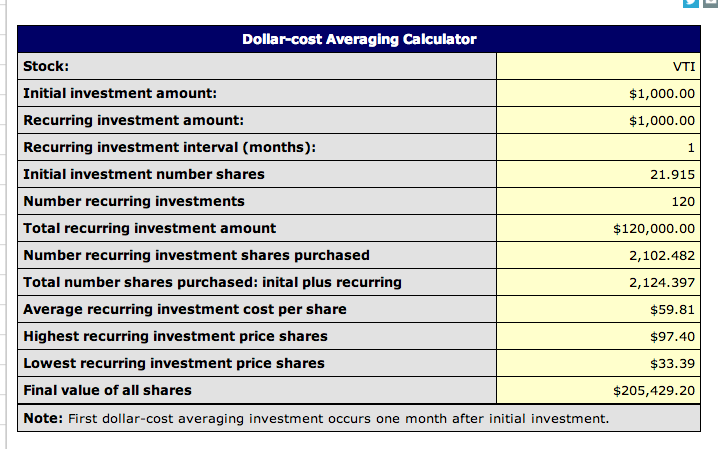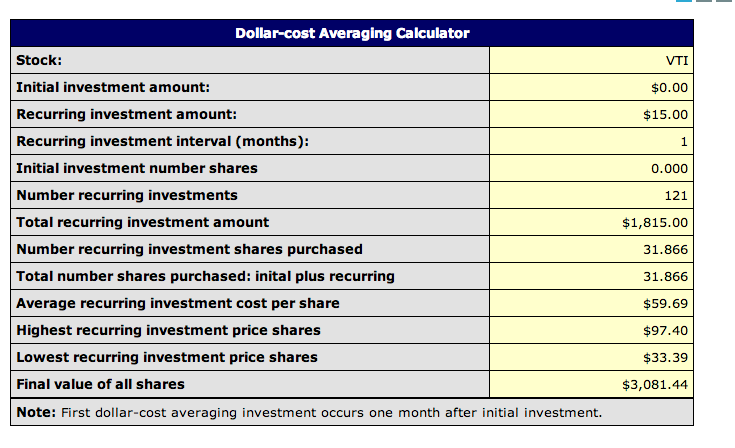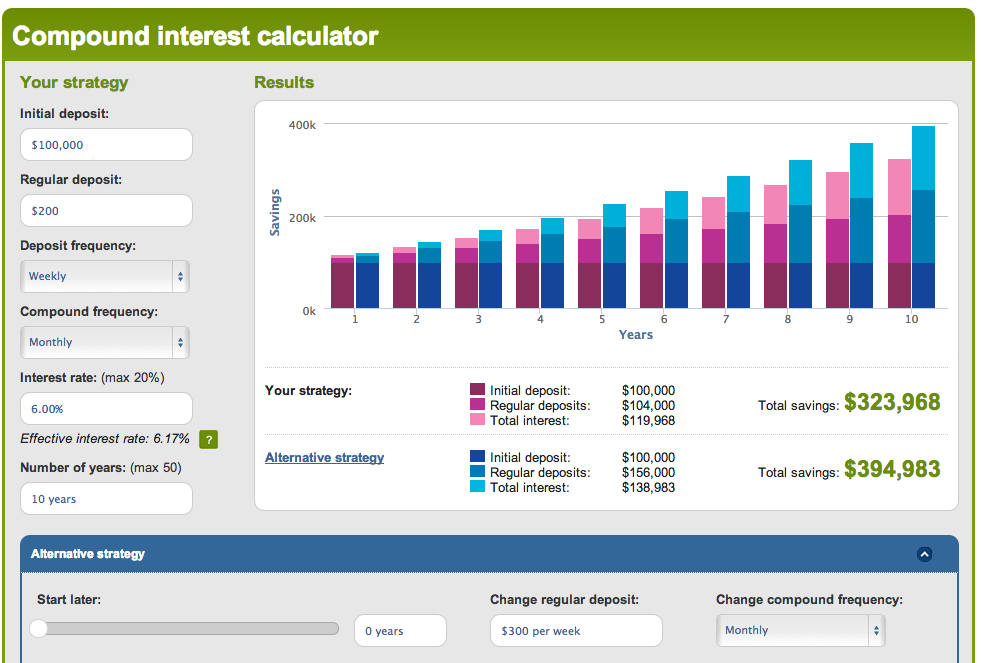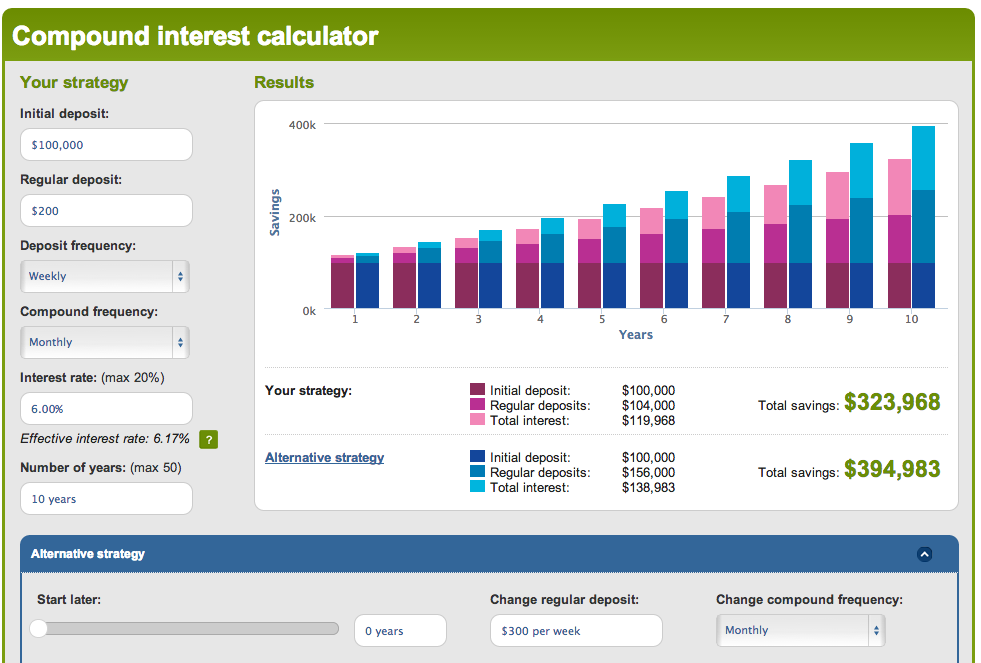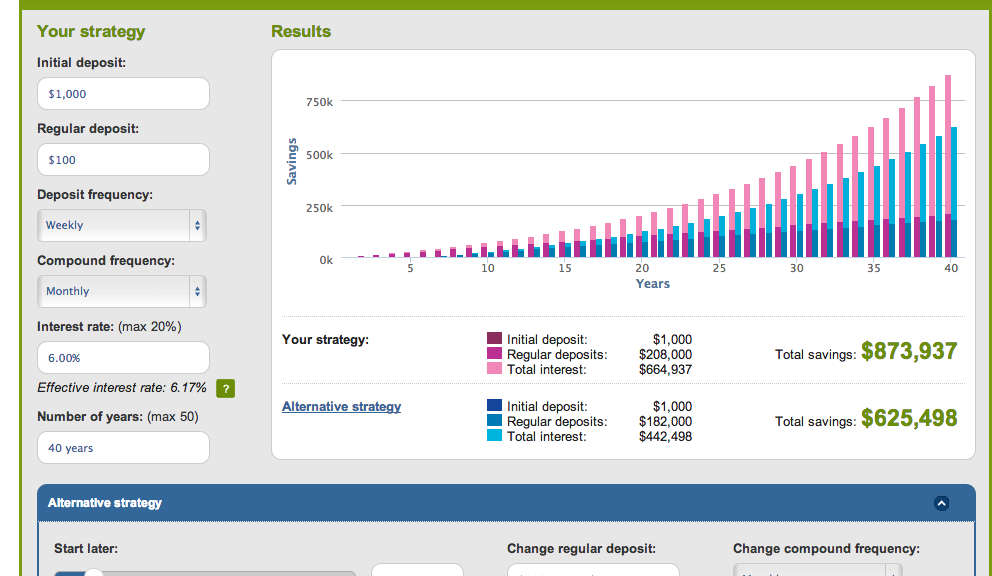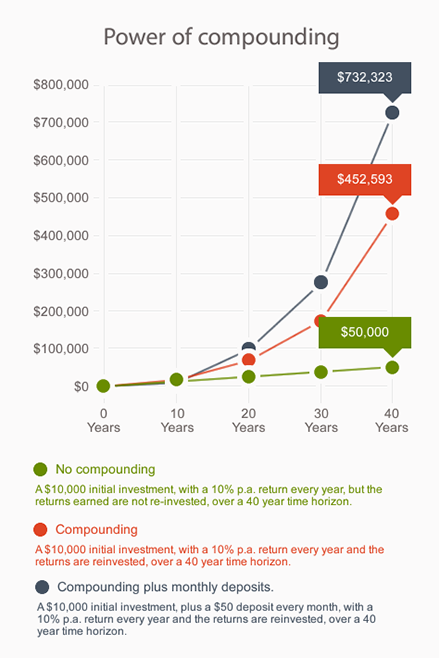Travel broadens the mind, but for kids it is also a case of travel really teaches them about the world, opens their eyes, and shows them differences and cultures. It is probably the best education there is, other than academia of course, so just how do we teach our little ones to be respectful and adventurous travellers?
Here’s five tips.
1. Help them learn some of the local language.
I’m not suggesting fluency, or even full sentences, but just ‘please’ and ‘thank you’ are major steps, and also instils the importance of manners, which is one of the most important lessons in life as a general rule. A fun way to do this is by downloading an app which help them learn in a colourful and game-like way.
2. Practice eating street food, as well as in restaurants and fancy hotels.
Street food is a huge part of many cultures, and if you’re trying to travel on a budget too, you might find this the best option, and eating at a fancy restaurant every night will stretch even the most flexible of budgets. Many parents are a little wary of snacks bought in this way, because of the possibility of meat not being cooked properly or cross-contamination etc, but looking for vegetarian options will cut out worries over meat, or other foods that are deemed ‘safer’. It’s also a good idea to carry a small tub of anti-bacterial gel for washing hands on the go afterwards, which helps them also understand hygiene and travel.
3. Speak to people of different backgrounds in your home country.
Even without travelling, you can quickly and easily help your children understand that differences in where people are born or their backgrounds is just a difference, and that we are all equal at the end of the day, and that really, differences are what make us who we are. A good way to do this is to encourage them to mix with everyone, not just others the “same” as you, e.g. other middle class white people in your area, if that is who you are, etc. Visit Asian supermarkets, which also shows differences in cuisine and helps avoid food fads, and encourage welcoming behaviour to new neighbours from different backgrounds. Showing that equality is important is invaluable for life as well as travel.
4. Celebrate festivals and important landmark days
This doesn’t have to involve celebrating religious festivals of religions that aren’t your own, but discussing what they are and what they mean helps build understanding. A check on any calendar will give you the important days to note down. Also celebrate days such as Chinese New Year, by having a theme evening maybe, or Australia Day and discussing what happened on that day and what people do to celebrate etc. If you do this in a fun way, this is more likely to stick in their minds.
5. Encourage inquisitiveness, but discuss safety
Being scared of travel isn’t a good thing, yet on the other hand, being too gung-ho can equally be worrying. To get a happy medium, encourage inquisitiveness where travel is concerned, but talk about the importance of staying safe, such as crossing roads, not being too trusting etc, without instilling fear of the unknown. Road safety as a whole is a general skill, but explaining about how people drive on different sides of the road in some countries, how you need to look both ways and then again is useful. Also talk about things like holding onto your belongings when travelling, and not taking valuable things out with you.
Travel is a treat, and being respectful of different cultures and countries is something that all children should learn at a very early age.





